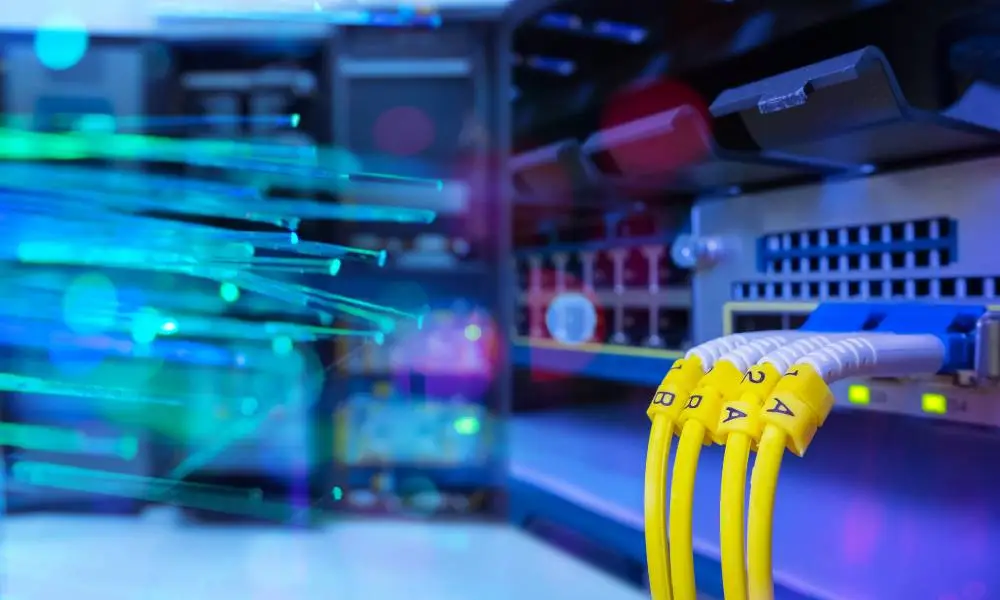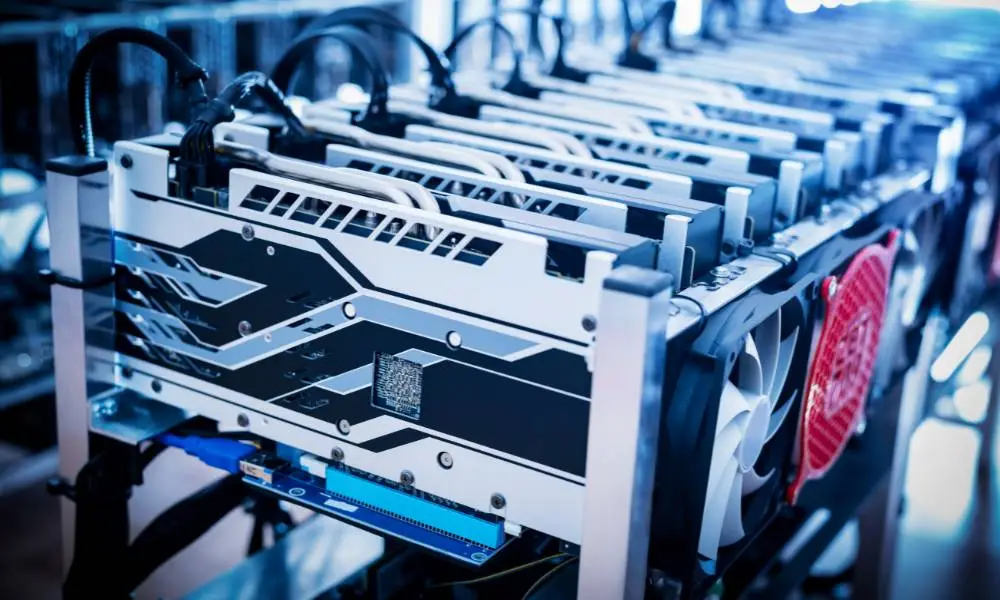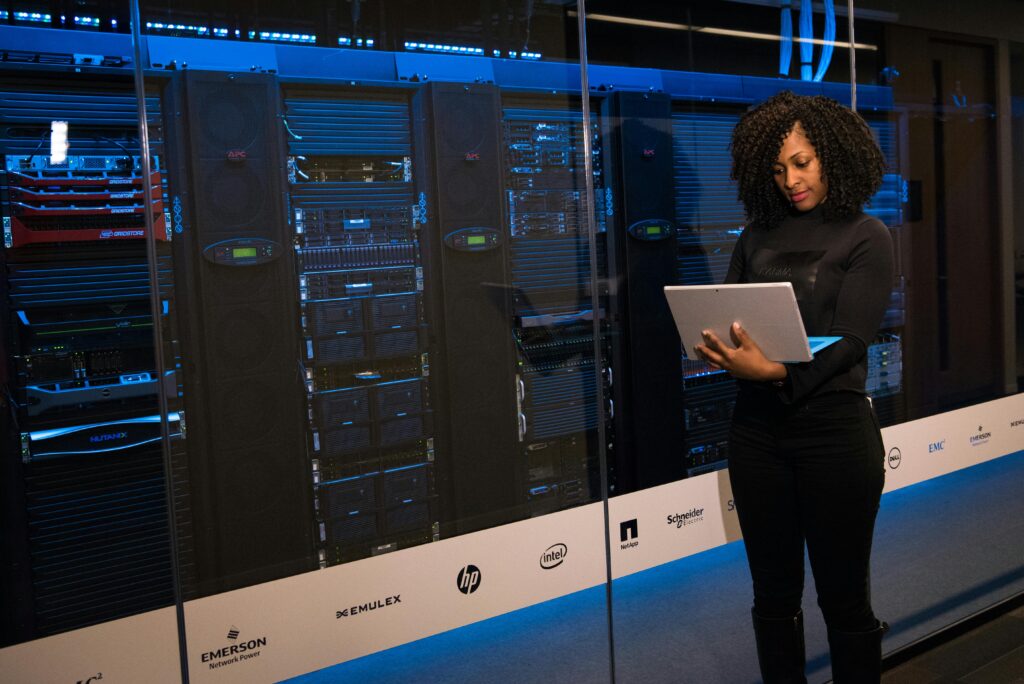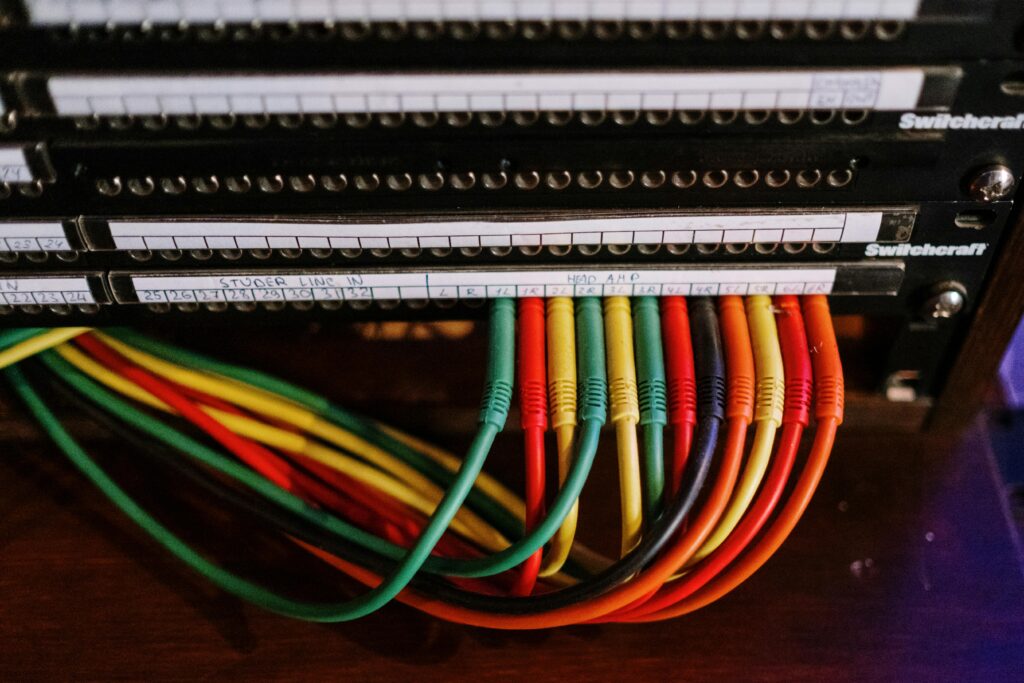Maintaining an up-to-date IT infrastructure in the world of business technology is not just a matter of staying current—it’s a strategic imperative. A proactive IT equipment refresh cycle ensures that enterprises operate at peak efficiency, secure their data effectively, and optimize their financial outlay. Given the complex nature of modern IT environments, having a structured approach to managing technology refreshes is crucial. By regularly updating hardware and software, businesses can boost system performance, enhance productivity, and stay ahead in today’s competitive market.
Understanding the IT Equipment Refresh Cycle
The IT equipment refresh cycle is pivotal for businesses aiming to maintain a robust and secure IT environment. This cycle involves the strategic replacement of older hardware and systems with newer, more efficient technologies. The expected lifespan of IT equipment varies widely—a server might need an upgrade sooner than peripheral devices due to intensive usage and the demand for higher processing power and storage capacity.
Regularly refreshing IT equipment helps companies keep pace with new technologies, safeguard against vulnerabilities, and ensure that their operations remain efficient and competitive.

Assessing Current Infrastructure
Before jumping into a new hardware refresh cycle, it’s critical to thoroughly assess the existing infrastructure. This assessment helps pinpoint the areas where upgrades are most needed and identifies outdated technology that may hinder business processes.
Companies should evaluate their hardware and software components by checking their performance metrics against current standards. This evaluation can cover everything from bus speeds in physical systems to the efficiency of operating systems running on these machines. Identifying existing equipment that is no longer working properly is a key step in planning a successful technology refresh.
Setting Refresh Goals and Objectives
A strategic approach to the IT equipment refresh cycle begins with defining clear goals and objectives that align with the organization’s broader business priorities. For many companies, the primary motivations for updating their business hardware include improving system performance to enhance productivity, enhancing security to protect against emerging threats, reducing maintenance costs, and acquiring scalable solutions that support future growth. By clearly defining these objectives, companies ensure that each technology refresh contributes purposefully to their overarching strategic goals.
Budgeting and Resource Allocation
Effective budgeting and resource allocation are vital to manage the costs associated with refreshing IT equipment. Organizations should consider all costs from procurement to deployment, including ongoing maintenance for the new equipment. It’s important to prioritize investments that offer the highest return on investment and are critical to business operations.
Enterprises should also seek opportunities to optimize spending, such as leveraging bulk purchasing or negotiating better terms with vendors. Careful financial planning allows companies to maximize the benefits of their new IT equipment without exceeding their budget.
Technology Evaluation and Selection
Selecting the right technology for an IT refresh involves more than choosing the latest models; it requires a careful evaluation of how new developments align with the company’s operational needs. Compatibility with existing systems is crucial to ensure seamless integration and minimize disruptions.
Additionally, it is important to choose solutions that can scale with the business and accommodate increased demands without requiring frequent updates. Security features are also a priority, as new technologies should include robust measures to protect against both current and future cyber threats.
Finally, choosing vendors that offer comprehensive support and warranties can reduce maintenance costs and provide peace of mind in the long run.
Planning and Implementation
Executing an IT equipment refresh cycle requires meticulous planning and careful execution. The first step in this process is to develop a comprehensive timeline that outlines each phase of the refresh, ensuring all key milestones are clearly marked.
Engaging stakeholders early and often throughout the planning and implementation phases is important for aligning goals and expectations and managing potential risks. Best practices for minimizing disruption include phased upgrades, where equipment is replaced in stages rather than all at once, and having a robust contingency plan in place to address any unforeseen issues. This kind of approach helps maintain business continuity and reduces the impact on daily operations.
Data Migration and Transition
A seamless transition during an IT equipment refresh is heavily dependent on effective data migration planning. It is essential to have a well-defined strategy for data backup, transfer, and validation to safeguard against data loss or corruption.
Prior to the transition, all data in the existing hardware be securely backed up, and following the transfer, thorough checks must be conducted to ensure data integrity and functionality. Implementation of this meticulous approach ensures that all critical information is preserved and remains accessible, minimizing operational downtime and enhancing confidence in the new system.

Training and Change Management
The introduction of new IT equipment often requires changes to existing processes and workflows. To facilitate the adoption of new technologies, it is important to implement comprehensive training and change management initiatives. Effective communication strategies, user education programs, and ongoing support can significantly reduce resistance to change.
Employees need to feel supported throughout the transition with adequate training sessions and resources to familiarize themselves with the new systems, ensuring they are competent and comfortable with the changes.
Post-Refresh Evaluation and Optimization
After completing an IT equipment refresh, it is vital to conduct a post-refresh evaluation to assess the success of the initiative against the established goals. This evaluation should include monitoring system performance, identifying any issues, and making necessary adjustments to optimize the IT environment.
Regularly reviewing the effectiveness of new hardware and software helps organizations fine-tune their infrastructure, ensuring it continues to meet business needs efficiently and effectively. Ongoing evaluation process also prepares the business for future refresh cycles, making subsequent updates smoother and more successful.
Plan Your Enterprise’s IT Equipment Refresh with Exit Technologies
A well-executed IT equipment refresh cycle is critical for maintaining operational efficiency and staying ahead of the curve. From setting clear goals and effectively managing budgets, to selecting the right technology and ensuring a smooth transition, every step of the refresh process contributes to the overall success and competitiveness of an enterprise.
Exit Technologies stands out as a leader in assisting enterprises through the complexities of IT equipment refresh cycles. With expertise in every aspect of the process from planning and implementation to data migration, training, and post-refresh optimization—Exit Technologies ensures that your IT infrastructure meets your current and future business needs without disrupting ongoing operations. Don’t let outdated technology slow you down. Embrace the future with confidence and let us help you streamline your IT equipment refresh process!





